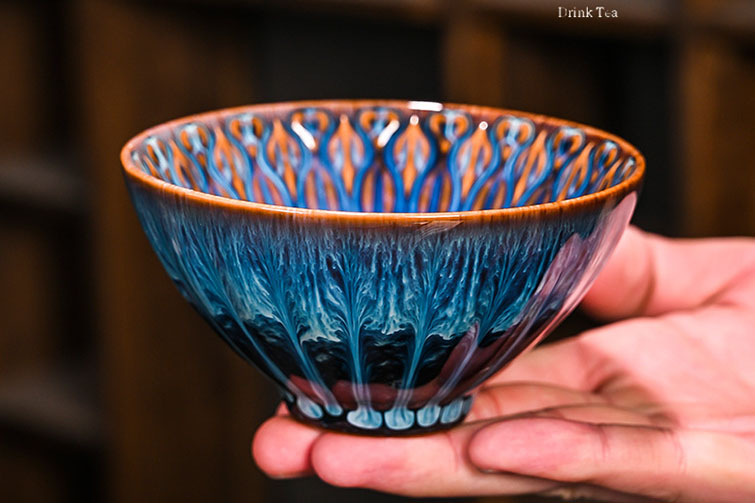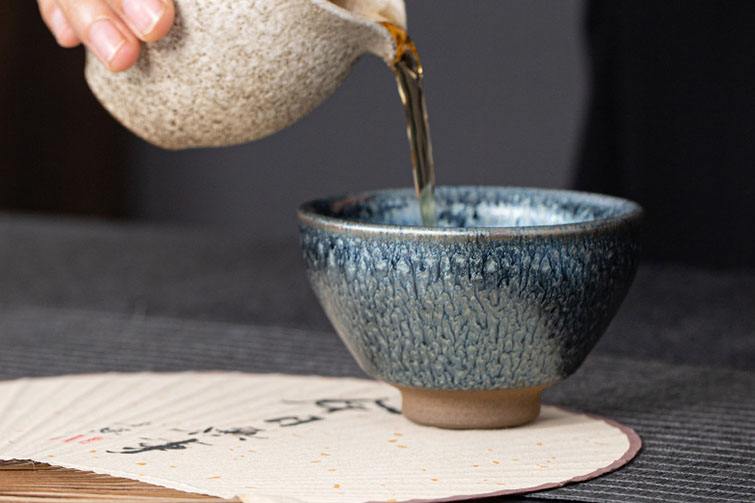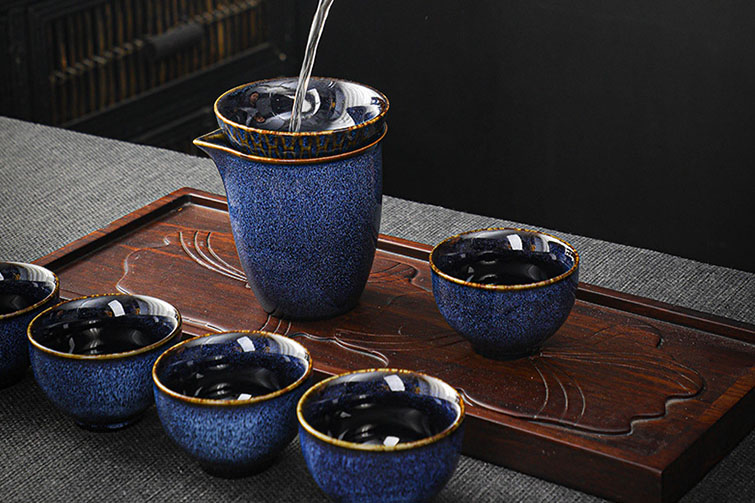The Intricate Process of Crafting Ceramic Tea Sets
Crafting a ceramic tea set is a meticulous and intricate process that involves numerous steps, each contributing to the creation of a beautiful and functional piece of art. From shaping the clay to firing and glazing, here's an overview of the multiple stages involved in the production of a ceramic tea set.

1. Preparation of Clay: The process begins with selecting and preparing the clay, which serves as the raw material for the tea set. The clay is carefully mixed, kneaded, and wedged to remove air bubbles and ensure uniform consistency. This step is crucial for achieving a smooth and workable clay body.
2. Forming: After the clay is prepared, it is shaped into various components of the tea set using different techniques such as hand-building, wheel-throwing, or mold-casting. Each piece, including teapots, cups, saucers, and trays, requires precise shaping and detailing to achieve the desired form and functionality.
3. Drying: Once the individual components are formed, they are left to dry gradually to remove excess moisture from the clay. This drying process is essential to prevent cracking or warping during firing. Careful monitoring of humidity and airflow is necessary to ensure uniform drying without compromising the structural integrity of the pieces.
4. Bisque Firing: After the pieces are thoroughly dried, they undergo the first firing, known as the bisque firing. The tea set components are loaded into a kiln and fired at a relatively low temperature, typically between 1700°F to 2000°F (927°C to 1093°C). This firing process removes any remaining moisture from the clay and transforms it into a durable and porous ceramic known as bisqueware.
5. Glazing: Once bisque-fired, the ceramic pieces are ready for glazing, which adds color, texture, and surface protection to the tea set. Glazes are applied using various techniques such as dipping, brushing, or spraying, depending on the desired effect. Multiple layers of glaze may be applied to achieve depth and complexity in color.

6. Decoration (Optional): Some tea sets undergo additional decoration techniques such as hand-painting, carving, or etching to add intricate designs or patterns. These decorative elements enhance the aesthetic appeal of the tea set and reflect the artisan's creativity and skill.
7. Final Firing: After glazing and decoration, the tea set undergoes a final firing at a higher temperature, typically between 2000°F to 2300°F (1093°C to 1260°C). This firing process melts the glaze, fusing it to the surface of the ceramic and creating a smooth, glossy finish. It also strengthens the ceramic body, making it durable and resistant to damage.
8. Quality Control and Finishing Touches: Once the final firing is complete, each piece of the tea set is inspected for quality and craftsmanship. Any imperfections or defects are addressed, and finishing touches such as polishing or adding handles and spouts are completed to ensure that the tea set meets the highest standards of excellence.
In conclusion, crafting a ceramic tea set is a labor-intensive process that requires skill, patience, and attention to detail at every stage. From the initial preparation of clay to the final firing and finishing touches, each step contributes to the creation of a unique and exquisite piece of functional art that enhances the tea-drinking experience.



